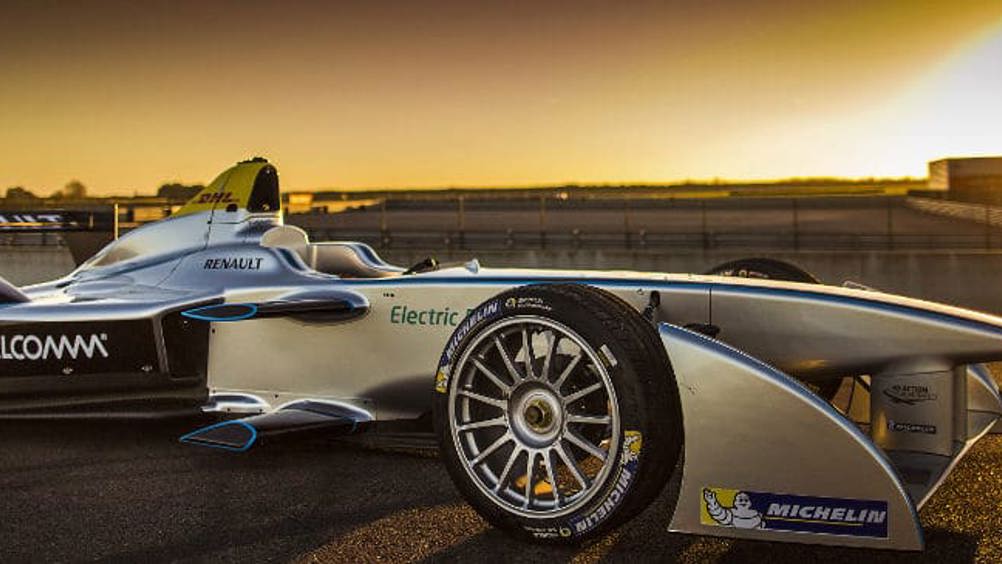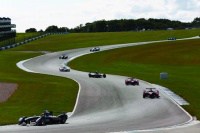Formula E teams free to build batteries and motors
The chief executive of Formula E Holdings, Alejandro Agag, has confirmed that the all-electric motorsport series will be open for competitors to design and manufacture their own power trains in the 2015-16 season, but the series rules will not allow teams to change the aerodynamics of their cars.

In its current inaugural season, which began last month with a race around the venues of the 2008 Summer Olympics in Beijing, all of the teams are using the same car, the Spark-Renault SRT 01E, which is made by a consortium including Spark Racing Technologies, Dallara Racing, electric motor supplier McLaren, battery manufacturer Williams Engineering and systems integrator Renault.
‘In a year two they can build their own batteries and motors,’ Agag said during a Q&A session with fans putting questions via Twitter and Facebook. ‘I would expect that we would have three or four makers of batteries and motors.’

The thinking behind Formula E is that it should drive development of electric power trains and that, along with driver skill, should be the main differential on the track. This is in contrast to Formula One, where aerodynamics development plays as much of a role in the constructors’ championship as any other factor.
Register now to continue reading
Thanks for visiting The Engineer. You’ve now reached your monthly limit of news stories. Register for free to unlock unlimited access to all of our news coverage, as well as premium content including opinion, in-depth features and special reports.
Benefits of registering
-
In-depth insights and coverage of key emerging trends
-
Unrestricted access to special reports throughout the year
-
Daily technology news delivered straight to your inbox










UK Enters ‘Golden Age of Nuclear’
The delay (nearly 8 years) in getting approval for the Rolls-Royce SMR is most worrying. Signifies a torpid and expensive system that is quite onerous...